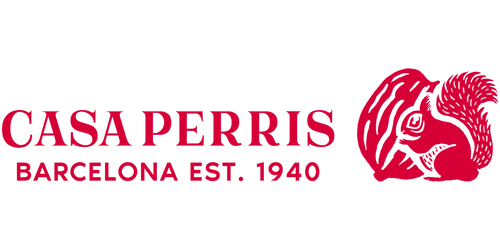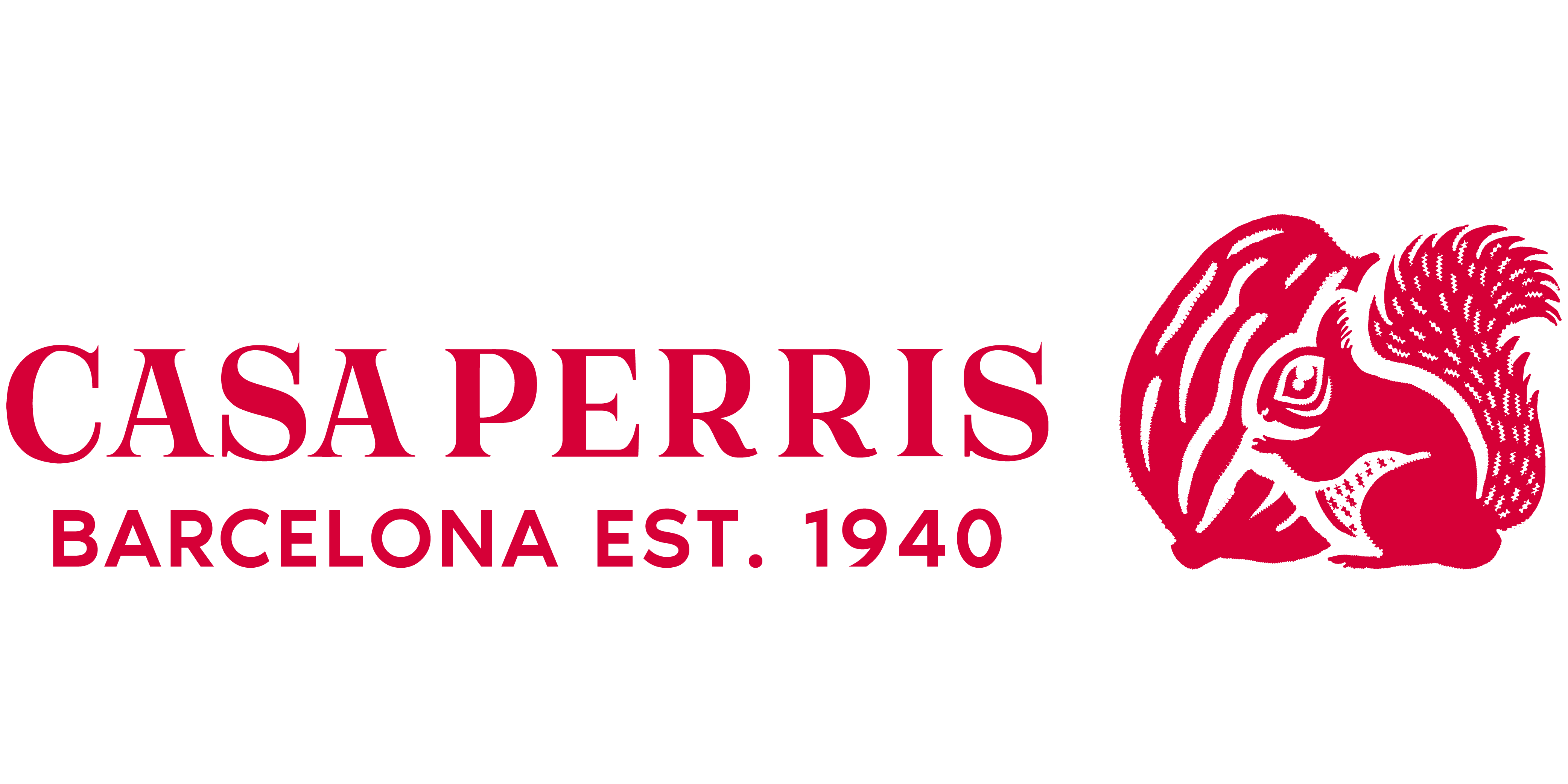They are native to Mexico and Guatemala and are obtained from the inside of the flowers of the chia plant or sage hispánica . Its size is tiny and the shades of the seeds range from white to black through brown.
The inhabitants of Mexico and Guatemala were already consuming and cultivating these small seeds before the conquest of America. And their use was so common that they were used as currency.
With the colonization of this continent its cultivation disappeared. And it was not until the 1990s that it was recovered, with great success, in different Latin American countries.
Chia seeds are considered a superfood because they are a great source of plant-based omega 3, soluble fiber, protein, antioxidants, calcium and vitamins.
The soluble fiber or mucilage found in chia is especially beneficial for diabetic people because it swells when it comes into contact with gastric juices and causes the food to be absorbed slowly, avoiding sudden increases in blood sugar.
Likewise, the high fiber content helps improve intestinal transit and makes us feel fuller for longer.
Chia seeds are a food with a high percentage of plant-based proteins and do not contain gluten.
They are also a source of omega 3 fatty acids, ideal for lowering cholesterol levels and improving cardiovascular health. In addition to containing vitamins of group B, C and A and minerals such as calcium, potassium or phosphorus.
The flavor of chia seeds is very mild and their texture is very crunchy.
They can be consumed raw in salads, juices, vegetable milks, desserts, yogurt, etc. Or as a complement to breads, cookies, vegetable burgers or sauces.
Thanks to the mucilage they contain, these seeds can absorb up to 10 times their weight in water and form a thick gelatin. That is why they are ideal for making creams from juices or vegetable milks.
You may be interested in: Easy recipe for chia pudding with coconut milk and chocolate


